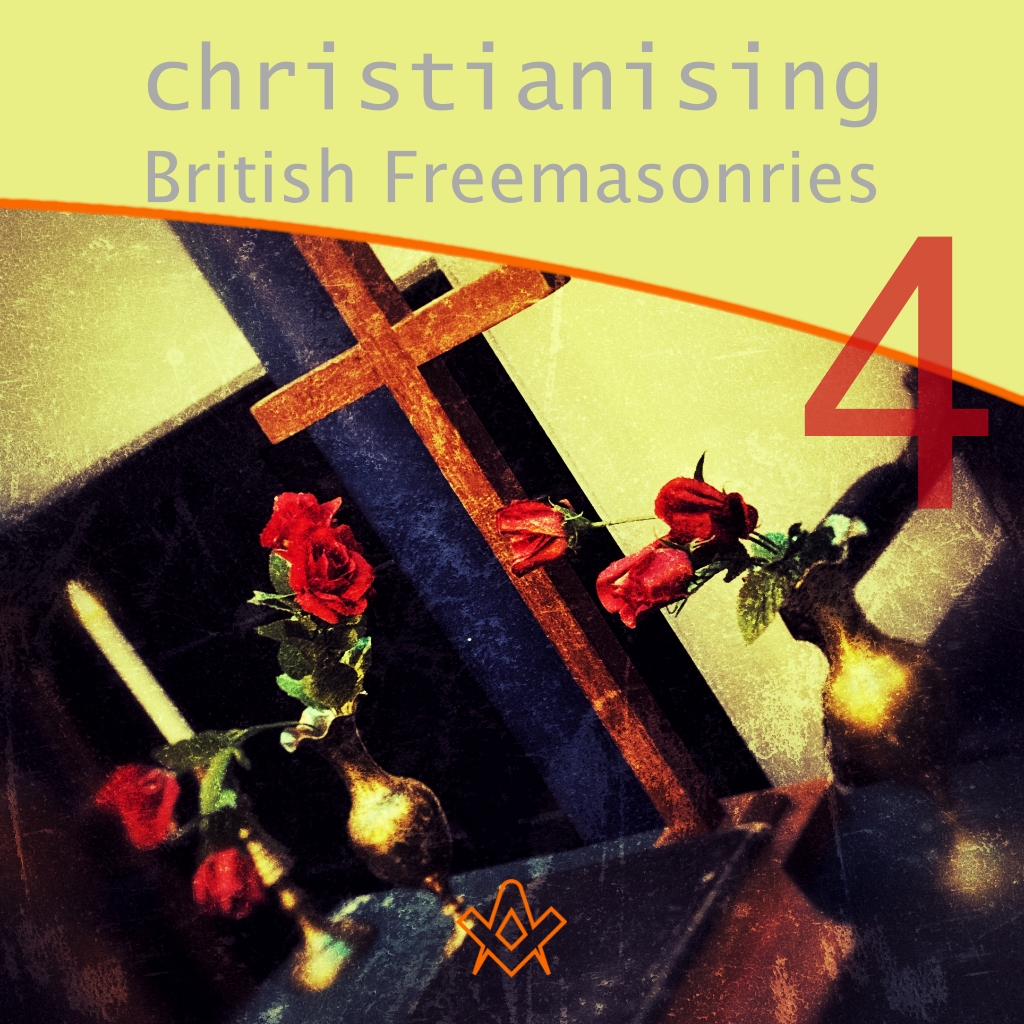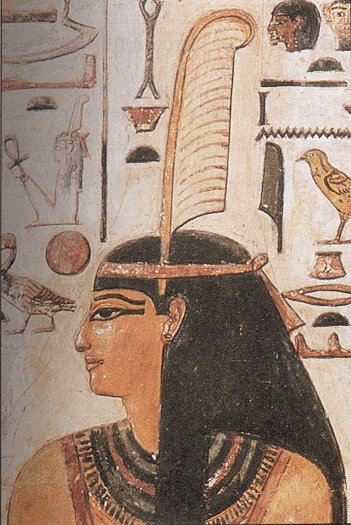Part 4. The 1877-8 arrival of Post Truth: ‘….new heavens and a new earth…the former shall not be remembered’.
During the terrible years 1939-45 many ecclesiastics and Masons were united in their ideals, sometimes in their martyrdom.
To return simply to a hostile status quo seemed to them impossible, immoral.
It is really from that period that we can date this sincere effort on both sides to draw up the balance sheet of the causes of misunderstanding, and, without rushing things, at least to study in common a common difficulty.
(Alec Mellor, Our Separated Brethren, the Freemasons.)
This four-part series considers;
(i) the separation of British Freemasonries from the Grand Orient of France (GOdF); and
(ii) maintaining fraternity with the Prussian Grand Lodge of the Three Globes. Both decisions impact on the relationship of Freemasonries with religion, both in their different ways can be understood as battles for the soul (“essence”, Carnarvon) of Freemasonry.
However, Freemasonries and religions, are ‘by schisms rent asunder’ – a failure to agree on fundamental principles.
Part 1. French Infidelity: A New Covenant. Following a consideration of the Grand Orient de France’s (GOdF) decision to remove the requirement for initiates to;
(i) believe in God; or (ii) believe in the immortality of the soul; Pro Grand Master Carnarvon considered this opposed to the principles upon which civilisation and Freemasonry were based.
A Committee was formed ‘to enquire into the facts of the case and to report back with recommendations’.
If that wasn’t enough for one night, it was followed by, ‘The German Question’.
Part 2. German Fidelity: For if the trumpet gives an uncertain sound, who shall prepare himself to the battle?
The claims of the Earl of Limerick and Grand Registrar McIntyre that, prior to the Union in 1813, English freemasonries were Christian-only, was challenged by Revd Smith PGChaplain but to no effect.
Attending the meeting was R.F. Gould who became the foremost historian of English freemasonries; surely, he knew otherwise yet remained silent.
It was decided that Christian-only jurisdictions do not need to recognise the freemasonry of non-Christians even though in recognised jurisdictions. An uncertain sound’?
Part 3. French Perdition: ‘…for what fellowship hath righteousness with unrighteousness’? (Or, for what fellowship doth righteousness hath with self-righteousness?)
The GOdF’s revised Constitution was deemed irregular and fraternal relationships terminated. Its new members were no longer regarded as ‘true or genuine masons’; fake masons, as the Three Globes seem to have deemed non-Christian Masons. How might righteousness be differentiated from self-righteousness?
Part 4. The 1877-8 arrival of Post Truth: ‘…. new heavens and a new earth…the former shall not be remembered’.
Maat – the ancient Egyptian concept of cosmic Truth, Justice and Order – wikimedia.
Part 4. The 1877-8 arrival of Post Truth:
‘…new heavens and a new earth…the former shall not be remembered’.
Scientific methodology does not offer ‘the truth’. Rather, it offers theoretical descriptions of the measurable universe (romantically, the heavens and the earth) as processes either determined or random and when conjoined, probability.
These are a basis for prediction and control. That is to say; scientific methodology provides utility, usefulness.
It is not so much that these descriptions and predictions are refuted or disproved; rather, they are replaced with those offering greater usefulness.
Such theories as heliocentric, evolution, relativity, quantum and others gave us new heavens and a new earth, a New Covenant between Sapiens and Nature.
Heliocentric theory replaced the idea that the Earth was at the centre of the universe: ‘the former shall not be remembered’ (Post Truth?)

Andreas Cellarius’s illustration of the Copernican system, from the Harmonia Macrocosmica
IMAGE LINKED: wikimedia Attribution 4.0 International (CC BY 4.0)
This series has considered statements, as recorded in official proceedings, made by freemasons in high authority; also, challenges regarding the accuracy and/or appropriateness of these statements (Truth?)
The dissenting voices were of no effect; strangely, some in attendance, remained silent even though having evidence which would have cast doubt on some of the claims made (Post Truth?)
Discussing the French and German matters led to a search for masonic principles to provide a common basis for their resolution.
Such were not to be found. The discussions lacked consensus; yet the voting was ‘unanimous’ to exclude non-religious freemasonries and ‘carried’ to support Christian-only freemasonries.
In 1877, it was claimed that civilisation and Freemasonry were based on the doctrine of the immortality of the soul; belief in which, essentially, was (is?) required of those wishing to be British Freemasons: this remains to be confirmed and/or applied.
The French and German matters were debated in principle and decided in pragmatism. The only commonality was that Masons in Christianity were to benefit from both decisions.
Unsurprisingly, it is high opprobrium to be accused of creating conspiracy theories; such are regarded as trumpet-sounds casting uncertainty and doubt on received fictions.
‘A society rises from brutality to order. Barbarism is the age of the fact, and thus the age of order is necessarily the age of fictions – for there is no power that would be capable of founding the order of the body solely through bodily force. For this, fictional forces are necessary.’
– Paul Valery, French Poet, 1871-1945.
Fictions can be, and are, challenged. Battles are waged to either impose, maintain, or change an order for which revised/alternative fictions are required.
From the Union in 1813, there has been an enduring attempt, as initially led by the divine doctors Robert Thomas Crucefix and George Oliver, for Freemasonry to be an exclusively Christian prerogative.
With the death of Sussex in 1843 and the distraction of the following, Whig, Grand Masters, Zetland and Ripon, the mission to Christianise British freemasonries gathered momentum.

Dr George Oliver
IMAGE LINKED: wikimedia Attribution 4.0 International (CC BY 4.0)
In 1845, the Trinitarian Ancient and Accepted Rite formed its Supreme Council. The Supreme Council of Ireland claimed, ‘it had assimilated the Rite of Misraim to suppress it not to practice it’. (J. Mandelberg, Ancient and Accepted p.10).
Crucefix and Oliver actively promoted the Christian higher degrees in England. The policy of using the masonic press and the higher degrees to Christianise the craft in England continued to be pursued in England after the death of Crucefix and Oliver by other figures such as Rev. Robert Wentworth Little, the first editor of The Freemason.
– Andrew Prescott, Freemasonry a Body Without a Soul? 2003. Philosophical British Freemasonry (freemasons-freemasonry.com)
By joining Christian / Trinitarian Orders, Masons were Christianising their Freemasonry.
From 1877, the upper reaches of British Freemasonry were, almost entirely, occupied by those in Christian / Trinitarian orders.
With the exception of members of non-Christian faith communities, the leadership proceeded to Christianise everyone’s Freemasonry and assumed it to be the case.
In 2006, at Holland-on Sea, Chapter No. 6639, Andrew Prescott gave a lecture titled, ‘Why Study the Royal Arch’? Incisively he said, “You can tell what sort of a mason a man is by his side degrees.”
History has not dealt kindly with First-Century Common Era Pharisees; being likened to ‘whitened sepulchres’, was hardly a compliment.
Today, such language would be unacceptable in gentlemanly circles. ‘Pharisaic’ connotes ‘self-righteousness’ – doing that which was right in their own eyes – to the exclusion of alternatives.
But in what consists of the righteousness vis a vis unrighteousness requiring the severance of fraternity.
The ethos of ‘Brotherly love, relief and truth’ is excellent.
‘Brotherly love’ can be understood as respect;
‘relief’ as charitability;
and ‘truth’ as integrity.
People do not seek after ‘philosophical truth’; rather, they prefer a comfort zone of certainty based on a feel-good fiction.
Doubt gives rise to uncertainty and discomfort; yet, what else is there for Freemasons (or anyone else) in this Post Truth Age?
The polarity of, ‘He that is not with me is against me’ (Matt 12v20, KJV) might not be helpful.
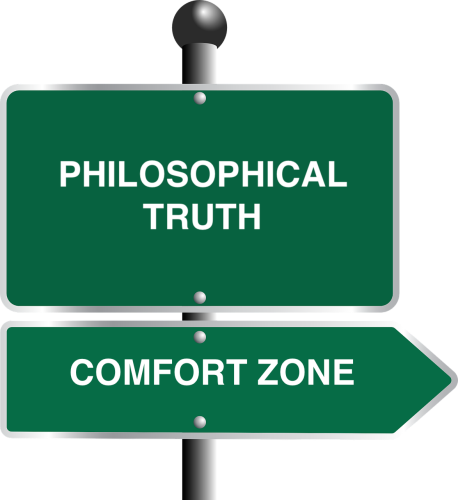
‘Knowledge of the self’ could be learning not to believe anything we are told or read but essentially, not to disbelieve it either.
It is about learning to be comfortable with rational doubt (neither sceptical nor cynical doubt) and managing uncertainty – agnosticism – not knowing.
‘Being’ is beyond belief. Agnosticism rejects the polarity of taking antagonistic sides where disputation is not resolved philosophically but rather, imposed by the power of a fiction.
And if that fails, by force: power is force in a velvet glove.
In 1984, with the introduction of ‘Project Openness’, British freemasonries joined the 20th Century.
Now, with 9/11 – 2001; the Financial Crash – 2008; the 4th Industrial Revolution – 2016; and Pandemic – 2019, the 21st Century is right here right now.
There is no time for somnambulating to 2084, Masonic jurisdictions do not have immortal souls.
In this Post Truth Age – the milieu in which contemporary freemasonries live, move, and have their being – there is neither truth nor falsehood.
It is time to accept agnostics into freemasonries; ‘not knowing’, being a principle to unite all.
Not just agnosticism apropos deity and the immortality of the soul but in all things.
We must free ourselves from the past in a new Covenant, a new heaven, and a new earth with “I do not know” being the ultimate truth.
Let us plan our lives as if we have immortality and live each day as if it is our last!
Article by: Gerald Reilly

Gerald Reilly was initiated in 1995 into St Osyth's Priory Lodge 2063. Essex. England (UGLE).
He was a founder member of Josh Heller's Allthingsmasonic, and with Josh co-wrote 'The Temple that Never Sleeps' (Cornerstone Books, 2006) he is committed to the development of e-Freemasonry.
Awarded the Norman B Spencer Prize, 2016.
Book: by Gerald Reilly

The Temple That Never Sleeps
by Josh Heller and Gerald Reilly
Freemasons and E-Masonry Toward a New Paradigm
A revolutionary book for every Freemason.The two authors, American and UK Masons, present a radical view of Freemasonry for both today and tomorrow.
In addition to their ideas are those of numerous Internet Masons (E-Masons) from around the world who, by sharing the experience of their own Masonic journey, have provided stunning personal insight into the viability of the Craft in the Internet Age.
This book will challenge your understanding of Freemasonry today and how it might transform for future generations.
Recent Articles: by Gerald Reilly
 How can the allegory of the Tower of Babel teach us tolerance? Language can be a divide. Not confusion among languages but rather within language, a seriously unclear understanding of another’s world-view. We assume it is so different from our own and yet with clarity, a realisation there is more which unites than separates. |
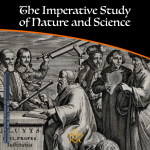 The Imperative Study of Nature and Science At some stage during Freemasonry's Second Degree, the candidate is advised that there is now permitted, something like, the extension of their research into the hidden mysteries of nature and science. Such is an excellent permission and one that each and every Freemason should pursue with awe and passion. |
 Pure Ancient Masonry; P4. A Companion in Rule, Building a better world P4. A Companion in Rule, Building a better world - The four parts of Pure Antient Masonry comprise the ‘body’ Masonic; they are the building blocks of the vital relevance, through enhanced citizenship, wherein the soul of Freemasonry abides. |
 Pure Ancient Masonry; P3. The Master, Building Better Character Part 3: The Master, Building Better Character - Being raised is a transition from knowledge to wisdom. |
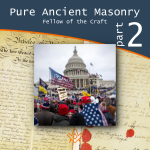 Pure Ancient Masonry; P2. A Fellow of the Craft Part 2: A Fellow of the Craft, Building Better Knowledge. Pure Antient Masonry consists of four parts. ‘Building the Temple’ is the fundamental Masonic allegory for building better people; this must be understood as a seamless whole: |
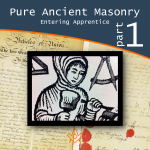 Pure Ancient Masonry; P1. An Entering Apprentice Part 1. An entering apprentice: Building Better Communities; Pure Antient Masonry consists of four parts. ‘Building the Temple’ is the fundamental Masonic allegory for building better people to build a better world |
 Pure Ancient Masonry; Intrduction This series will consider the defining characteristics, lessons and benefits of Three Degrees, the Order of the Royal Arch and when conjoined, Pure Ancient Masonry. |
 The Christianising of British Freemasonries - P4 This concluding article in the series considers the separation of British freemasonries from the Grand Orient of France (GOdF) and maintaining fraternity with the Prussian Grand Lodge of the Three Globes. |
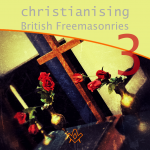 The Christianising of British Freemasonries - P3 Discover the battle for the 'soul' of Masonry. Part 3. French Perdition: ‘…for what fellowship hath righteousness with unrighteousness’? |
 The Royal Arch – ‘the fourth step in regular Freemasonry’ United Grand Lodge of England, has now designated the Royal Arch, the fourth step in regular Freemasonry, it therefore must be concluded that…publications…should now be revised, and based on attracting to the benefits of the four steps. |
 The Christianising of British Freemasonries - P2 How might the battle for the souls of Freemasonries be identified in a way that ensures thriving in the 21st Century? There is no guarantee of the immortality of the soul of Freemasonry! ‘We study the past in order to free ourselves from it.’ (Hariri) |
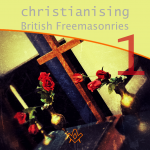 The Christianising of British Freemasonries - P1 This four-part series considers: 1. the separation of British Freemasonries from the Grand Orient of France (GOdF); and, 2. maintaining fraternity with the Prussian Grand Lodge of the Three Globes. |
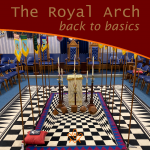 The Royal Arch - Back to Basics In the Royal Arch ceremony, the sojourners are buried with their tools in a vault. The sun, at its highest, provides enlightenment and the principal sojourner is returned to the former companions of his toil |
 The Holy Land and the Holy Sites P4 Fourth instalment of the four-part series, considers ‘masonic’ aspiration and activity regarding the Holy Land and The Holy Sites |
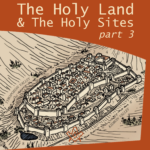 The Holy Land and The Holy Sites P3 Third instalment of the four-part series, considers ‘masonic’ aspiration and activity regarding the Holy Land and The Holy Sites |
 The Holy Land and The Holy Sites P2 The four-part series will consider ‘masonic’ aspiration and activity regarding the Holy Land and The Holy Sites |
 The Holy Land and The Holy Sites P1 In this four-part series, we will consider ‘masonic’ aspiration and activity regarding the Holy Land and The Holy Sites |
 Science and Citizenship: Towards a 21st Century Masonic Mindset. |
 Towards a 21st Century Masonic Mindset: Part 3 ‘Freemasonries’ and the Fourth Industrial Revolution |
 Towards a 21st Century Masonic Mindset: Part 2: ‘Freemasonries’ and Religiosity. |
 Towards a 21st Century Masonic Mindset: Part 1: ‘Freemasonries’ and Governance. |
masonic knowledge
to be a better citizen of the world
share the square with two brothers

click image to open email app on mobile device


